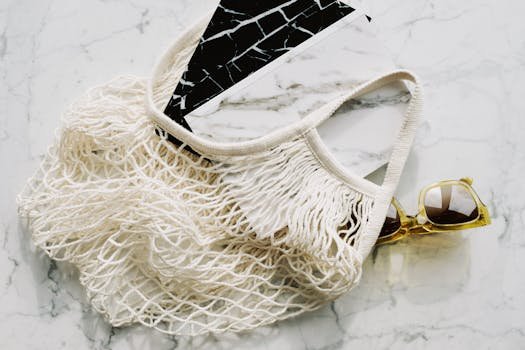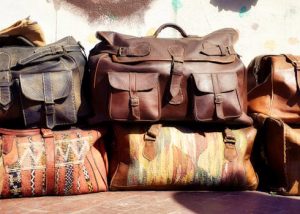Sustainable Circular Fashion Economies Eliminate Waste Completely
Sustainability has become an increasingly important topic in recent years, and one industry where it is especially crucial is fashion. The fashion industry is known for its fast-paced trends, high levels of waste, and harmful environmental impact. However, a new approach to fashion has emerged that tackles these issues head-on – sustainable circular fashion economies. These economies aim to eliminate waste completely by creating a circular system where resources are reused and recycled, rather than constantly extracted and discarded. Let us delve deeper into how sustainable circular fashion economies are paving the way for a greener, more ethical fashion industry.
The Problem with Traditional Fashion Economies
The traditional fashion economy operates on a linear supply chain – raw materials are extracted, turned into clothing, and eventually discarded as waste. This process leads to high levels of waste, with the equivalent of one garbage truck of textiles being sent to the landfill every second. Moreover, the production of new materials requires significant amounts of energy, water, and chemicals, contributing to the fashion industry’s considerable environmental impact.
Along with the environmental implications, traditional fashion economies also come with social and ethical consequences. Cheap labor and exploitative work practices are prevalent in the industry, leading to human rights violations and poor working conditions for garment workers. This unethical treatment of workers is a direct result of the constant demand for fast, cheap fashion, driven by the linear fashion economy.
The Solution: Sustainable Circular Fashion Economies
Sustainable circular fashion economies operate on the concept of the circular economy, guided by the principles of reduce, reuse, recycle, and renew. Instead of following the traditional linear supply chain, these economies aim to create a closed-loop system where resources are kept in use for as long as possible. This approach minimizes waste, reduces the need for new resources, and encourages ethical practices throughout the supply chain.
The main difference between traditional and circular economies is that in the latter, waste is seen as a resource rather than something to be discarded. This ideology challenges the traditional notion of waste and encourages circular resource flows, where materials are continuously recycled and reused. In the fashion industry, this translates to designing products with the end goal of eventual reuse and recycling in mind.
How Sustainable Circular Fashion Economies Work
Reduce
The first step in creating a sustainable circular fashion economy is to minimize the amount of waste generated. This can be achieved by reducing the amount of clothing produced and consumed. Fast fashion brands create an unnecessary demand for clothing and contribute to the overproduction of garments, leading to an excess of textile waste. By promoting a more sustainable approach to fashion and encouraging consumers to buy less, sustainable circular fashion economies aim to reduce the amount of waste generated.
Reuse
The second step is to extend the lifespan of clothing and other textile products. This can be achieved through initiatives such as clothing rental, secondhand shopping, and upcycling. By promoting the reuse of clothing and other textiles, sustainable circular fashion economies not only reduce waste but also decrease the overall demand for new materials.
Recycle
The third step is to ensure that when products reach the end of their useful life, they can be recycled and used to create new items. This is made possible by designing products with recyclability in mind, using materials that can be easily recycled or repurposed. By keeping materials in circulation, sustainable circular fashion economies eliminate the need for new resources, significantly reducing the industry’s environmental impact.
Renew
Finally, a crucial element of sustainable circular fashion economies is the use of renewable energy sources throughout the supply chain. From sourcing raw materials to production and transportation, sustainable circular fashion economies aim to minimize the use of non-renewable resources and switch to more sustainable energy alternatives.
The Benefits of Sustainable Circular Fashion Economies
The shift towards sustainable circular fashion economies offers numerous benefits, both for the environment and society. By eliminating waste, these economies reduce the fashion industry’s carbon footprint, conserve natural resources, and decrease pollution. Moreover, the focus on ethical practices in the production process ensures fair treatment of workers, leading to improved working conditions and better labor standards.
Additionally, sustainable circular fashion economies also present new business opportunities and job creation, especially in the fields of recycling and upcycling. This can help to boost the economy and promote innovation within the fashion industry.
In Conclusion
Sustainable circular fashion economies have the potential to transform the fashion industry into a less wasteful, more sustainable, and ethical one. By adopting a circular approach, we can significantly reduce the environmental and social impact of fashion and pave the way for a greener, more sustainable future. As consumers, it is our responsibility to support sustainable fashion brands and adopt more conscious shopping habits. Together, we can eliminate waste completely and create a more circular, sustainable fashion industry.











